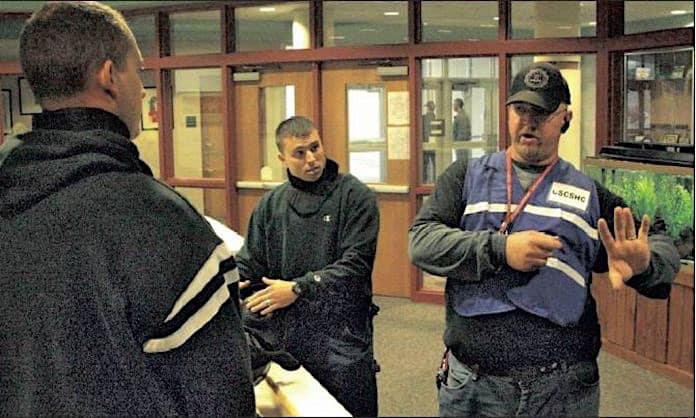School bus drivers make numerous decisions every day. The deadly Chattanooga crash on Nov. 21 underscores the weight of these decisions. Most crashes are caused by driver error. A dynamic exercise program can prepare drivers for the many incidents they may face, and can be done in an inexpensive way.
The U.S. Department of Homeland Security has developed the Homeland Security Exercise and Evaluation Program (HSEEP) that can be the basis of a comprehensive training program. Exercises can be a cost-effective means to test and validate plans and capabilities, familiarizes personnel with roles and responsibilities, and informs all stakeholders.
Programs should be guided by these principles:
- Guided by both Central Office and Fleet Personnel
The engagement of Central Office personnel is the key to the success of any exercise program. They provide guidance and direction while ensuring activities are within school board polices and administrative guidelines.
- Capability-based, Objective Driven
Define core capabilities and associated goals so the exercises can compare current capabilities to required or desired standards.
- Progressive Planning Approach
Prioritizing a training program to balance immediate needs against capabilities and complexity of the exercises can maximize a team’s efficiency towards achieving their ultimate goal.
- Whole Community Integration
Program developers are encouraged to engage the whole community in planning exercises, keeping in mind the sensitive nature of the information.
- Informed by Risk
Identifying and assessing risks and associated impacts can help establish priorities, objectives and core capabilities.
- Common Methodology
HSEEP includes a common methodology for exercises that are applicable to all mission areas, including divergent fleet sizes, geographies and capabilities. This provides a shared understanding of the exercise program, and fosters collaboration.
There is a distinct methodology for developing a dynamic, effective exercise program, which includes: design and development, conduct, evaluation and an improvement plan.
Design and development requires risks assessment and potential impact of such risks. Risk and program priorities are essential in developing effective exercises established goals. The exercises can be briefings, drills, tabletop exercises, functional exercises or full-scale exercises.
Exercise conduct involves preparation, exercise management and wrap-up activities. The top priority is always the safety of the participants, followed by relevancy and realism of activities. Don’t have an exercise just to have an exercise.
The core of any program is the ability to measure the effectiveness of the program and participants at every step and in all its aspects: objectives, strengths, weaknesses, readiness and unforeseen situations as experience and information is accumulated.
A program should include the ability to track and incorporate corrective actions effectively as needed to ensure exercises yield tangible improvements. The program and documentation should be dynamic, continually monitored and improved upon.
What It Might Look Like:
A superintendent wants to implement a new policy on how drivers handle fights on the bus. A meeting is called and it’s determined that the driver will:
- Pull the bus over to a safe spot, park and turn off the bus
- Radio the base and report the situation
- Get the rest of the students to safety
- Attempt to verbally intervene
- Monitor the situation
This team establishes driver goals and guidelines for:
- Securing the bus.
- Effective communications.
- Bus evacuation safety.
- Aspects of Intervention.
The director then meets with local law enforcement and EMS officials to discuss the new protocols. As a group, they determine that the exercise program for that school year will include an orientation (briefing) at the start-of-the-year meeting, monthly tabletop exercises and two functional exercises, one each semester. The second year will be the same, but the second functional exercise will be replaced with a full-scale exercise.
Exercise programs require time, effort and coordination. FEMA’s April 2013 Homeland Security Exercise and Evaluation Program is an excellent, free resource to guide you through the process. School bus drivers are dedicated, caring people who want to know how to deal with emergencies. Providing them with a structured, guide can create buy-in and increase retention of drivers.
A willingness to devote time and displaying a dedication to the well-being and performance of your team can generate a significant return on the investment, and will improve the morale of your drivers.
Editor’s Note: Stephen C. Satterly, Jr. is the director transportation and the director of safety for the Community School Corporation of Southern Hancock County in Indiana.
















